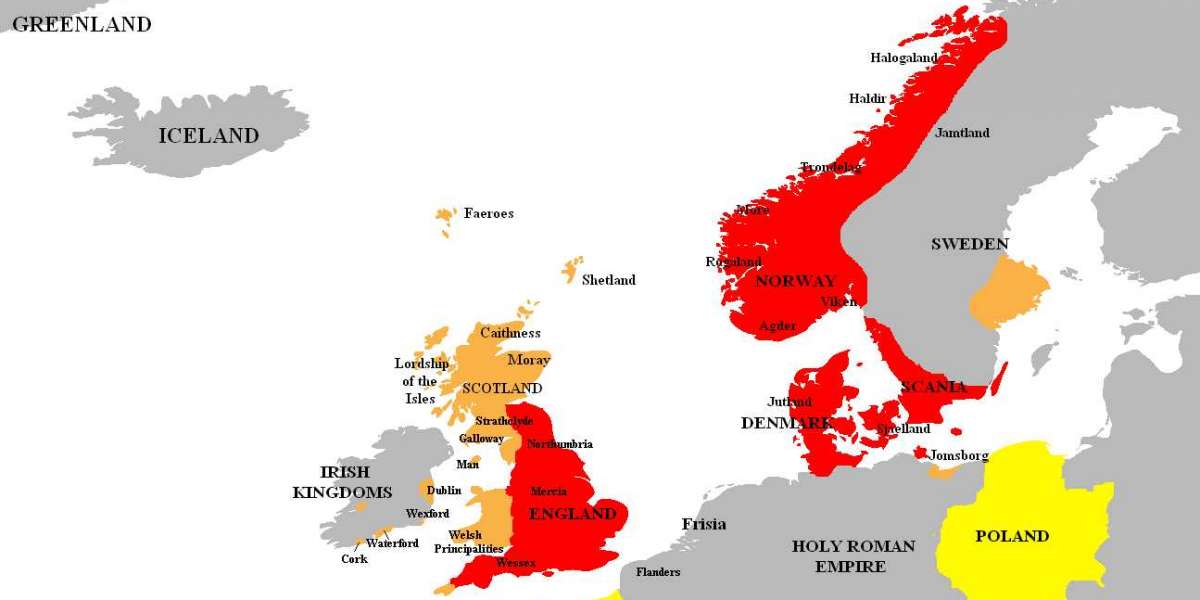The Norse religion was practiced in the Danelaw, which was a historical region of England that was under Danish rule in the late 9th century to the early 11th century. The Norse religion, also known as Norse mythology or paganism, was the religion of the Scandinavian people, including the Vikings who settled in the Danelaw.
The extent to which the Norse religion was practiced in the Danelaw is difficult to determine with certainty, as much of the evidence comes from later sources and may be subject to interpretation. However, there is some evidence to suggest that the Norse religion was an important part of the culture and society of the Danelaw during this period.
For example, archaeological evidence has been found in the form of grave goods and other artifacts that suggest the presence of Norse religious practices. Some of these artifacts include small figurines depicting Norse gods, amulets with Norse symbols, and objects associated with religious rituals.
There are also written accounts that suggest the practice of the Norse religion in the Danelaw. For example, the Anglo-Saxon Chronicle, which was written in the late 9th century, describes how the Danes who settled in the Danelaw brought with them their own gods and religious practices. Additionally, there are accounts of Norse religious practices, such as sacrifices and the worship of particular gods, in later historical and literary sources.
Overall, while it is difficult to determine the exact extent to which the Norse religion was practiced in the Danelaw, there is evidence to suggest that it was an important part of the culture and society of the region during this period.




Destiny Isaac 3 w
Nice